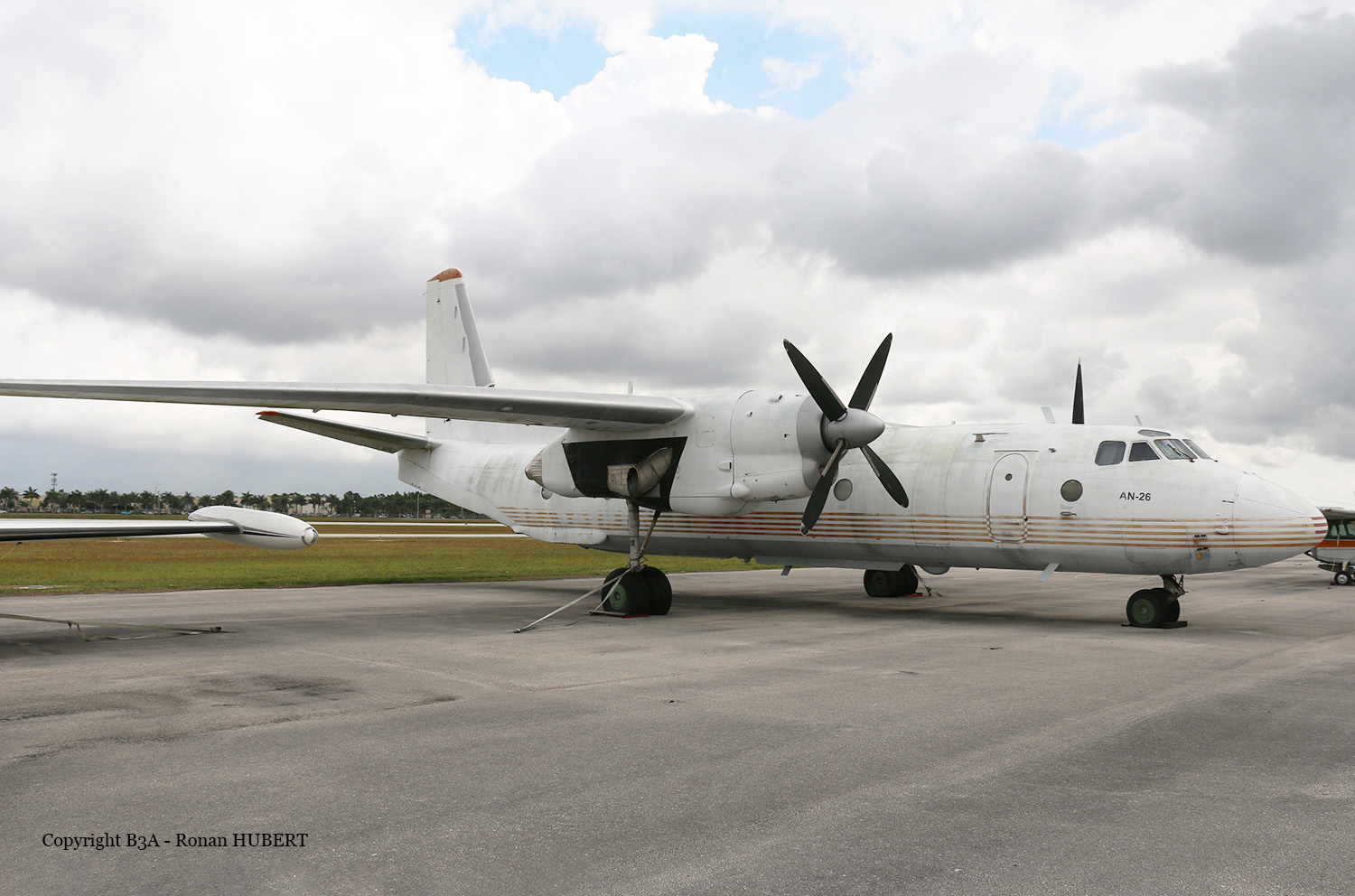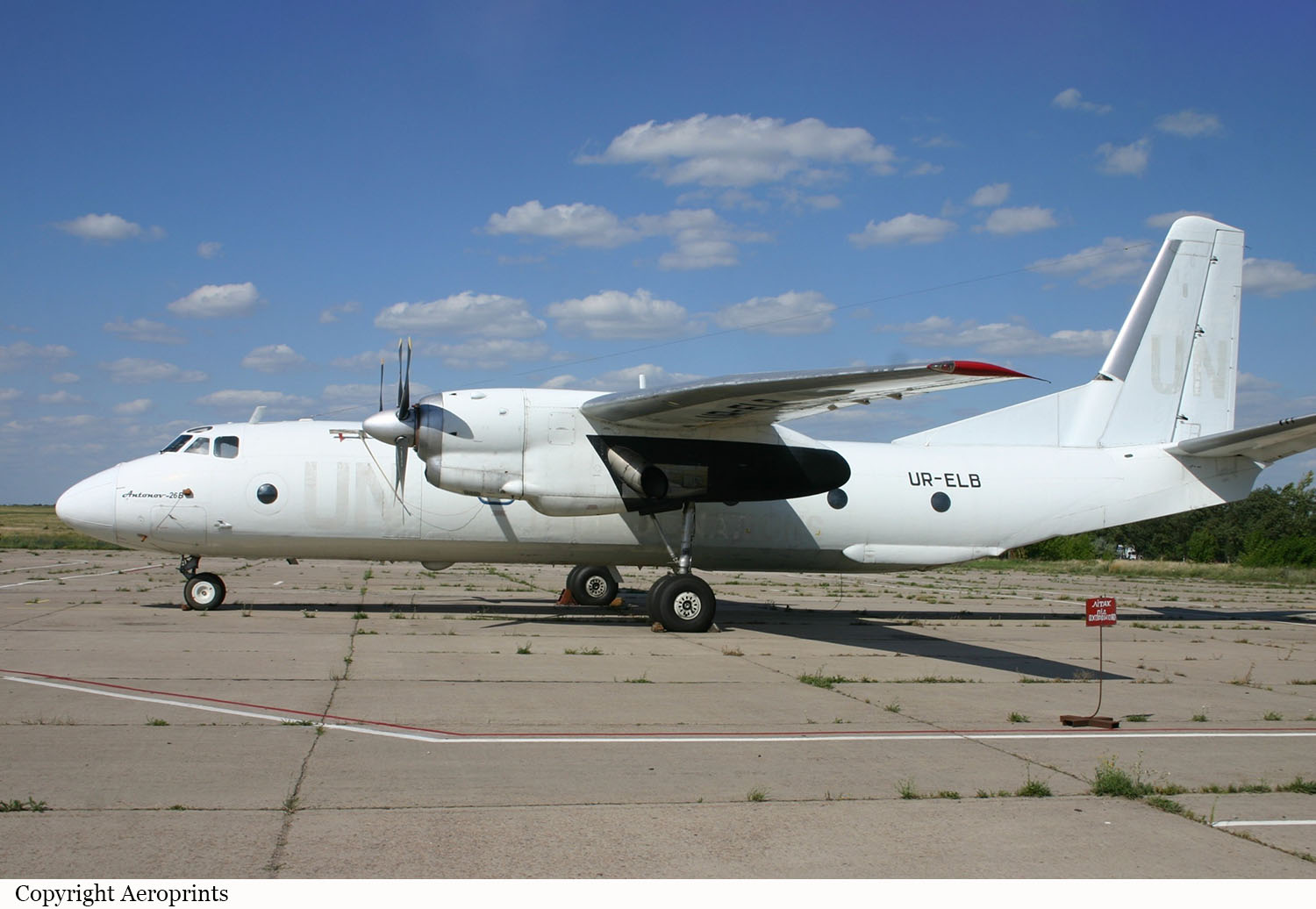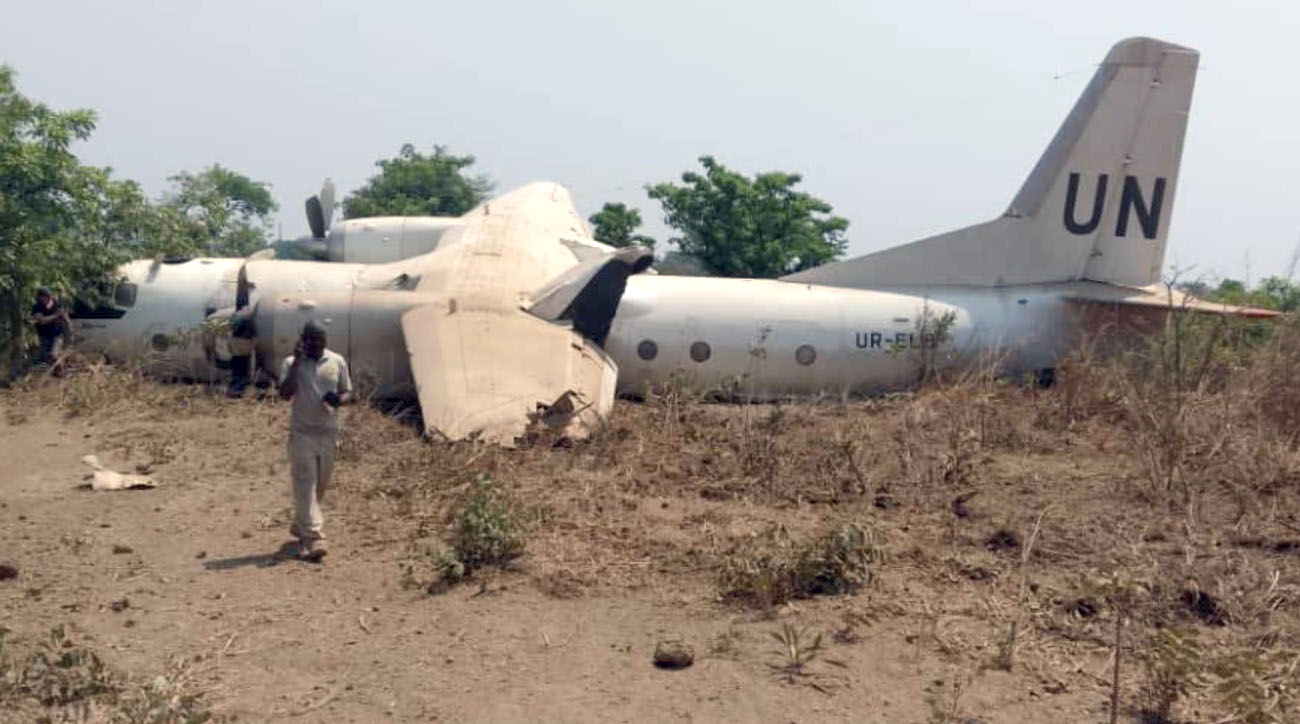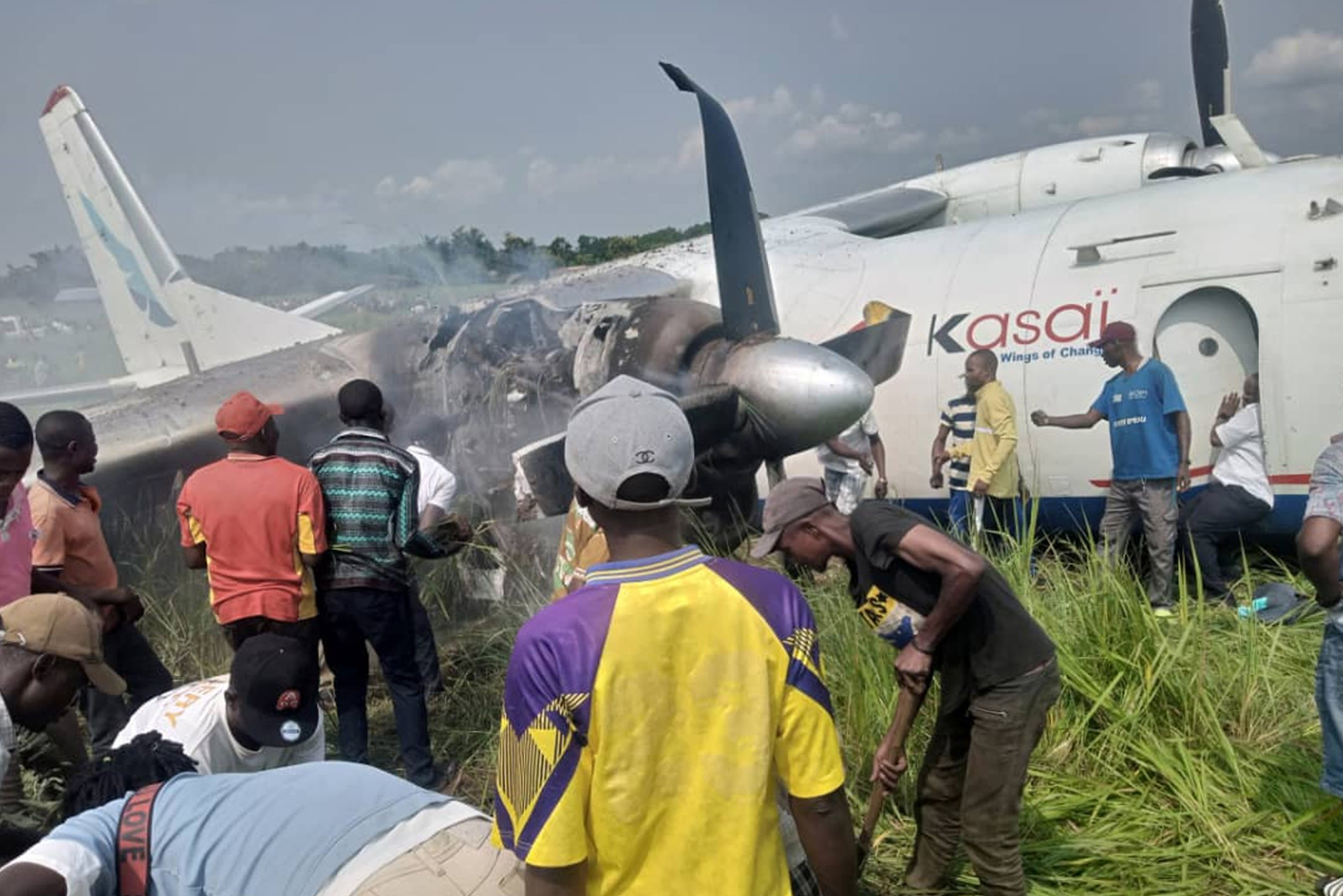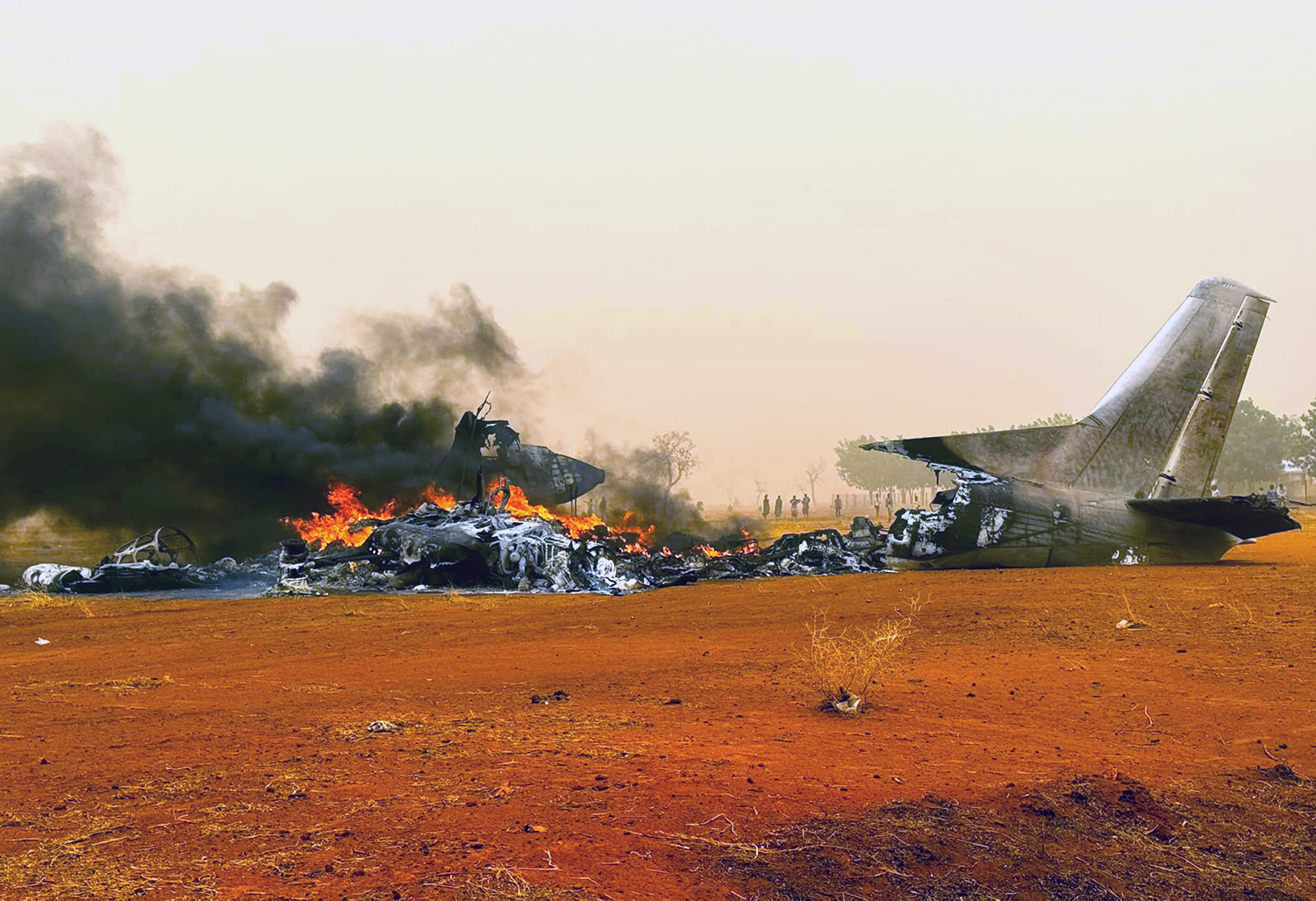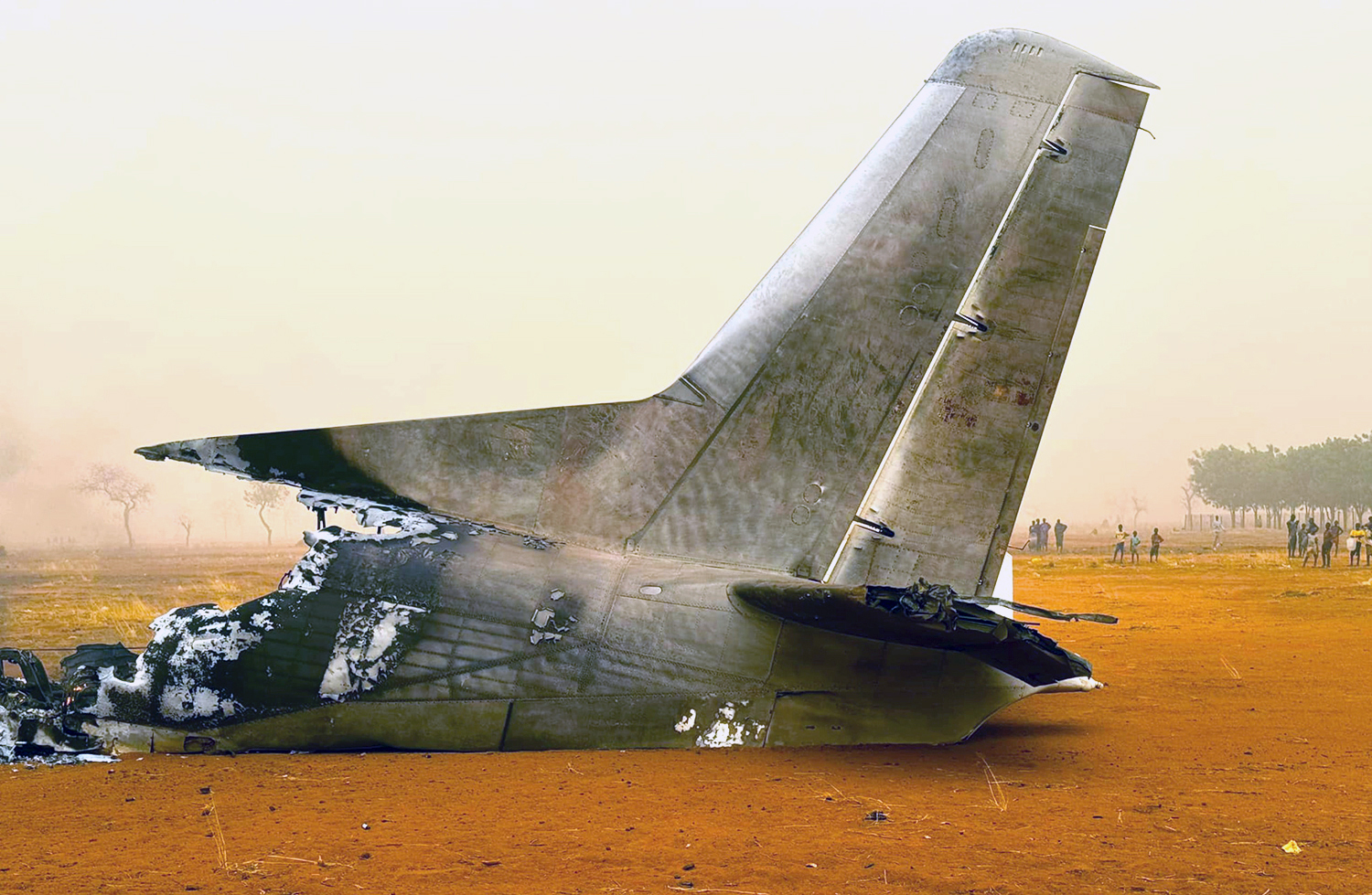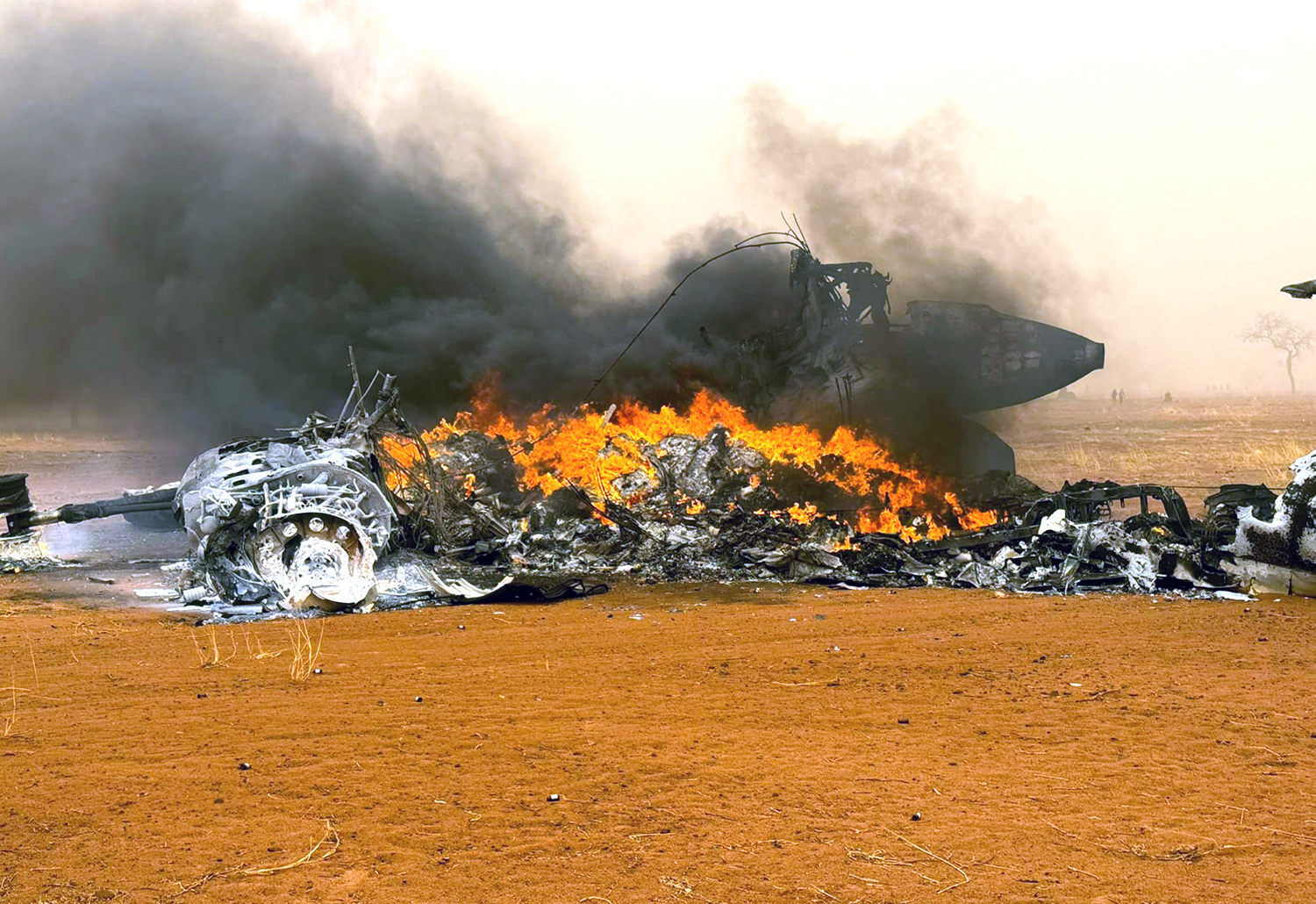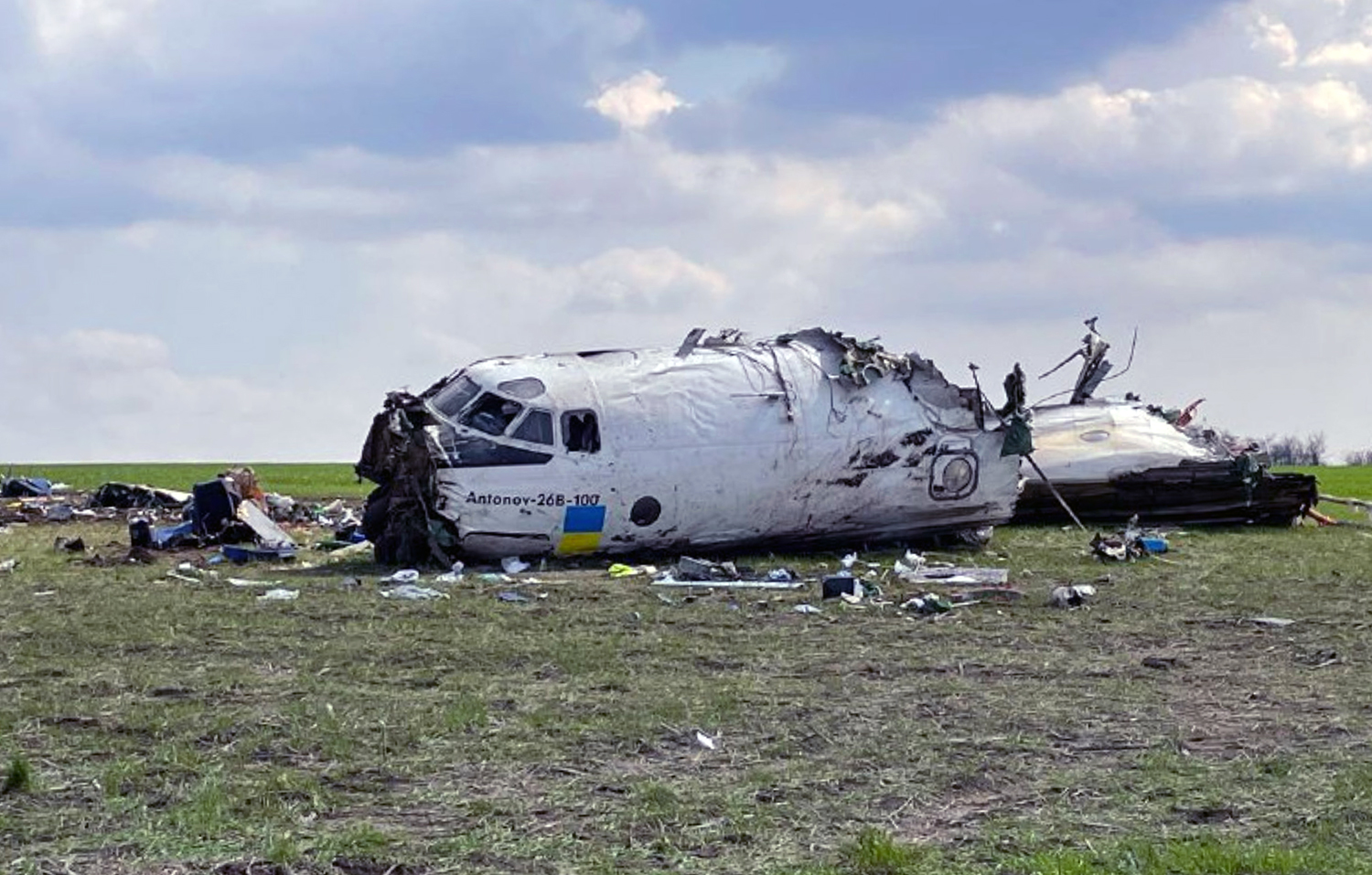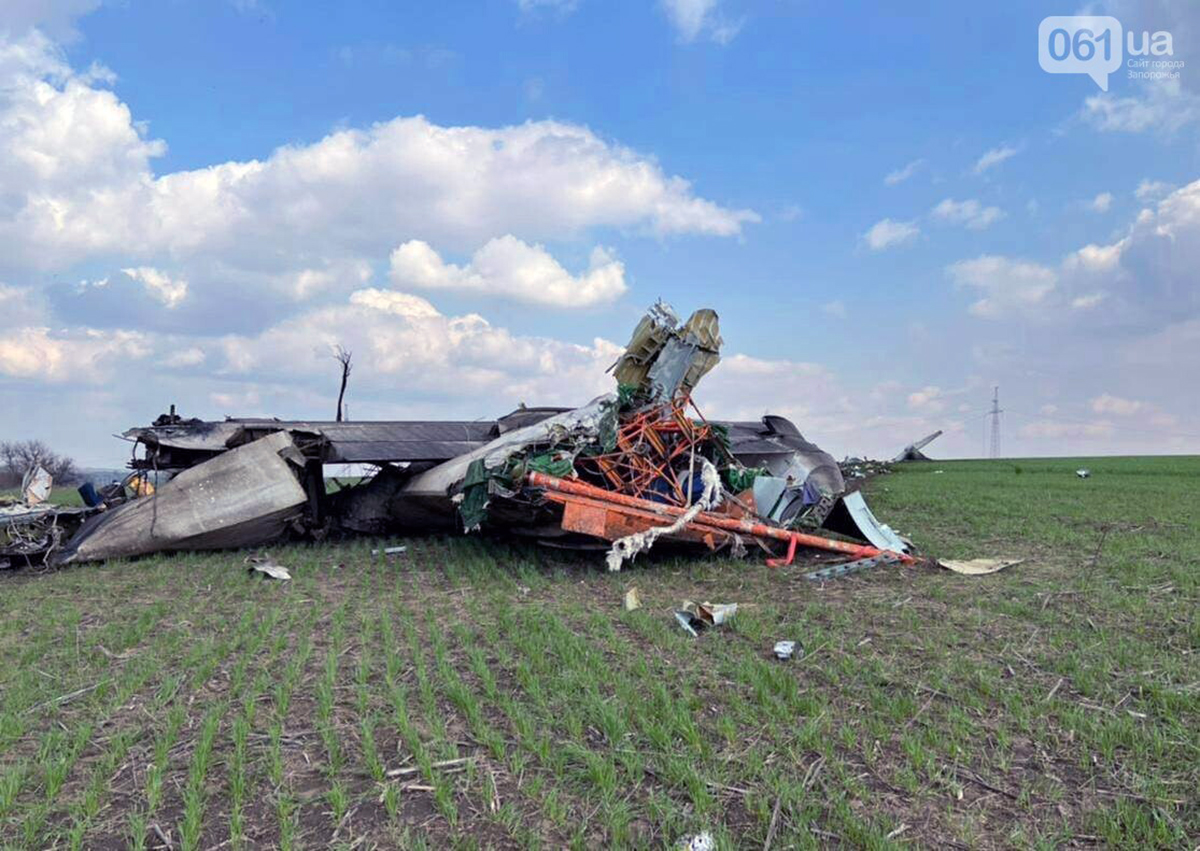Date & Time:
Apr 22, 2022 at 0900 LT
Operator:

Schedule:
Zaporozhye - Uzhgorod
Crew fatalities:
Pax fatalities:
Other fatalities:
Captain / Total flying hours:
4225
Captain / Total hours on type:
2250.00
Copilot / Total flying hours:
1562
Copilot / Total hours on type:
412
Aircraft flight hours:
25168
Aircraft flight cycles:
14298
Circumstances:
Consequently to the recent invasion by the Russian Army of the east part of Ukraine, the decision was taken to transfer the airplane from Zaporozhye to Uzhgorod. The airplane departed Zaporozhye Airport shortly before 1000LT with a crew of three on board. Few minutes after takeoff, the crew encountered poor visibility due to fog. While cruising at a very low altitude, the airplane collided with a power line and crashed in an open field located in Mykhailivka, some 10 km northwest of Zaporozhye Airport. A crew member was killed and two others were injured. The aircraft was totally destroyed. It was reported that during the 90 days prior to the accident, the captain had just flown for 85 minutes while the copilot and the flight engineer had not made any flights.
Probable cause:
The cause of the aviation incident (collision of an airworthy aircraft with an obstacle) was the decision of the captain to carry out the flight under Visual Flight Rules (VFR) conditions in foggy weather at a critically low altitude, leading to the loss of visual contact with the ground, uncontrolled increase in speed, and the aircraft colliding with a power transmission line.
The following contributing factors were identified:
- The flight crew's failure to decide to switch to instrument flight and climb to a safe flight altitude when encountering weather conditions that did not meet the visual meteorological flight conditions.
- Likely use of altimeters by the flight crew to maintain flight altitude in meters when the altimeter mode was set to indicate altitude in feet.
- The decision of the flight crew to fly at critically low altitudes with the radio altimeter and GPWS turned off.
- The flight crew's failure to follow the departure procedure from the aerodrome area under VFR, which was discussed in detail by the flight crew during pre-flight briefings.
- Deterioration of weather conditions after takeoff.
- Low crew resource management (CRM) skills.
- Retraction of flaps in a turn at an altitude lower than recommended and at a speed higher than recommended for the An-26 aircraft.
- The complex emotional state of the crew during both preparation and execution of the flight due to combat actions conducted by the Russian Federation near the departure aerodrome.
- Conducting the flight without meteorological support, which contradicts aviation regulations.
- The absence of procedures for conducting flights under VFR at low and critically low altitudes for An-26 aircraft in the operator's manuals.
Final Report:



